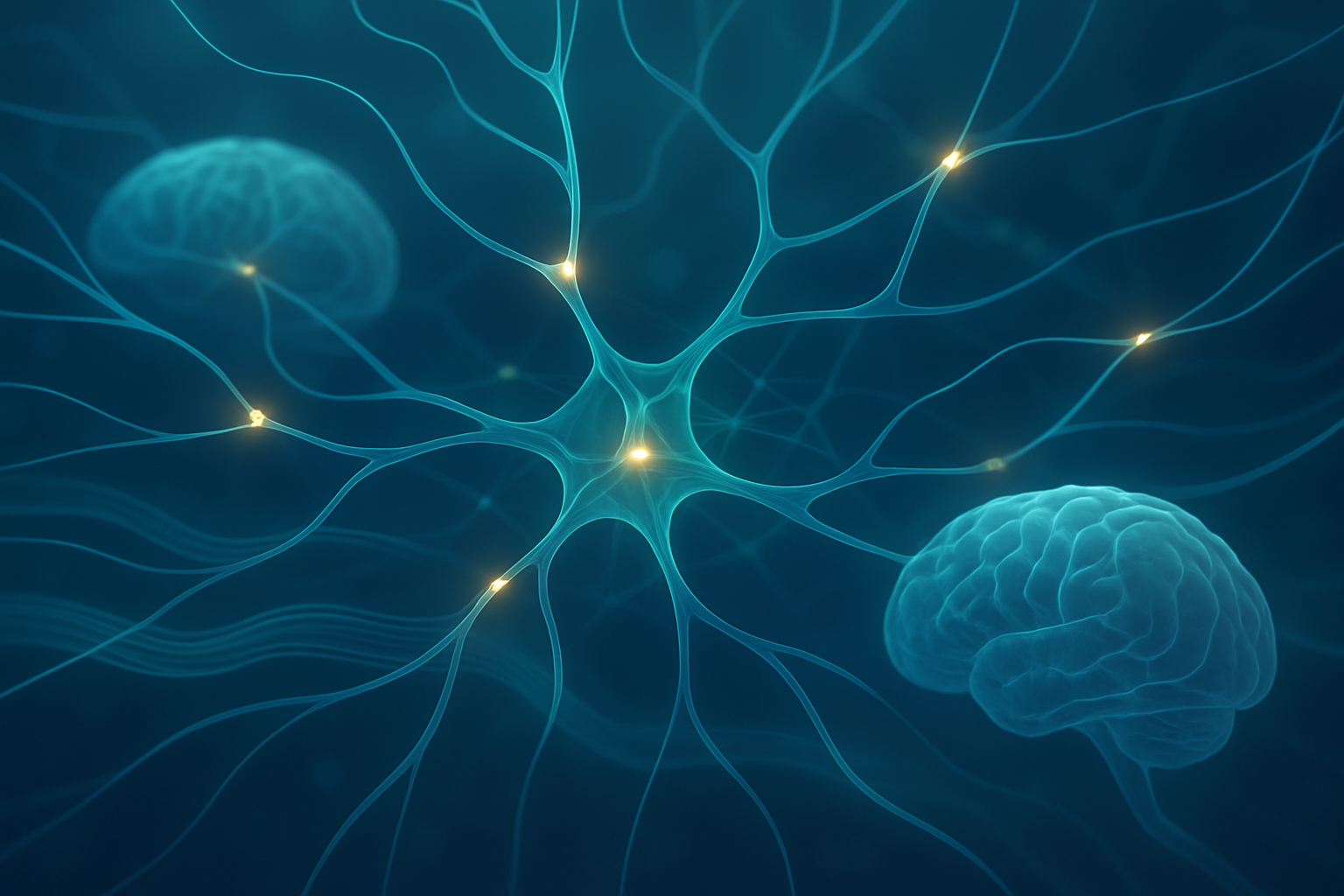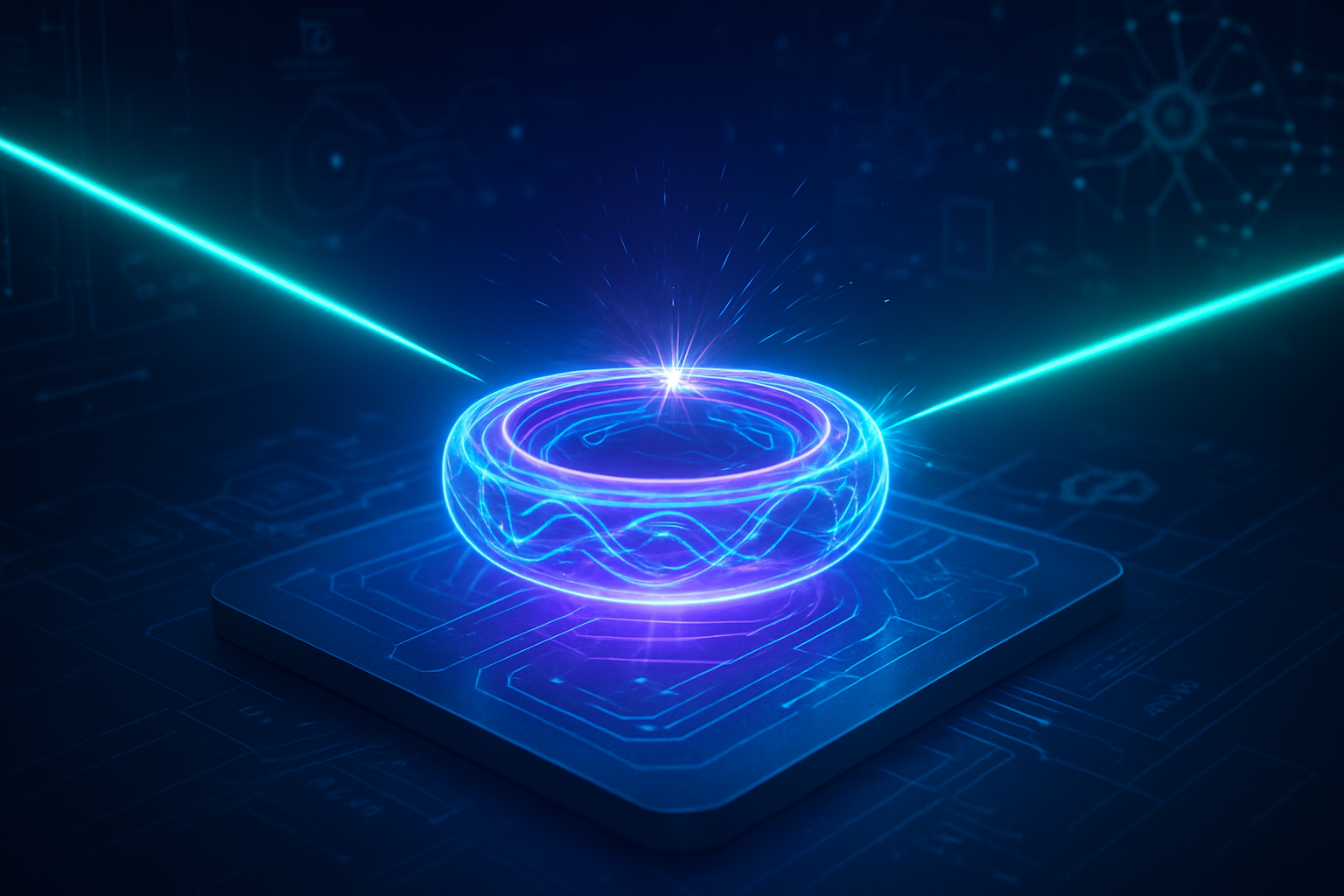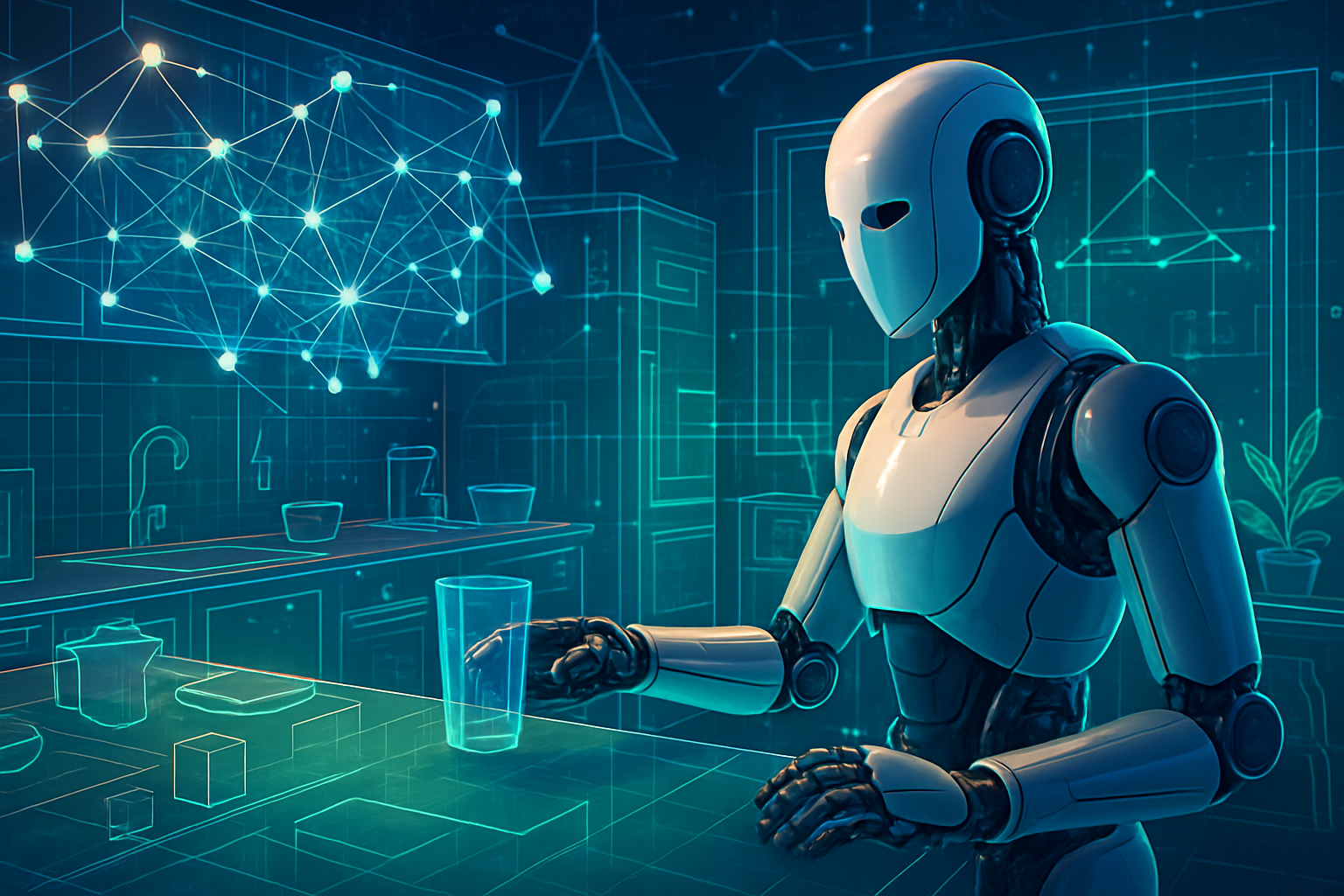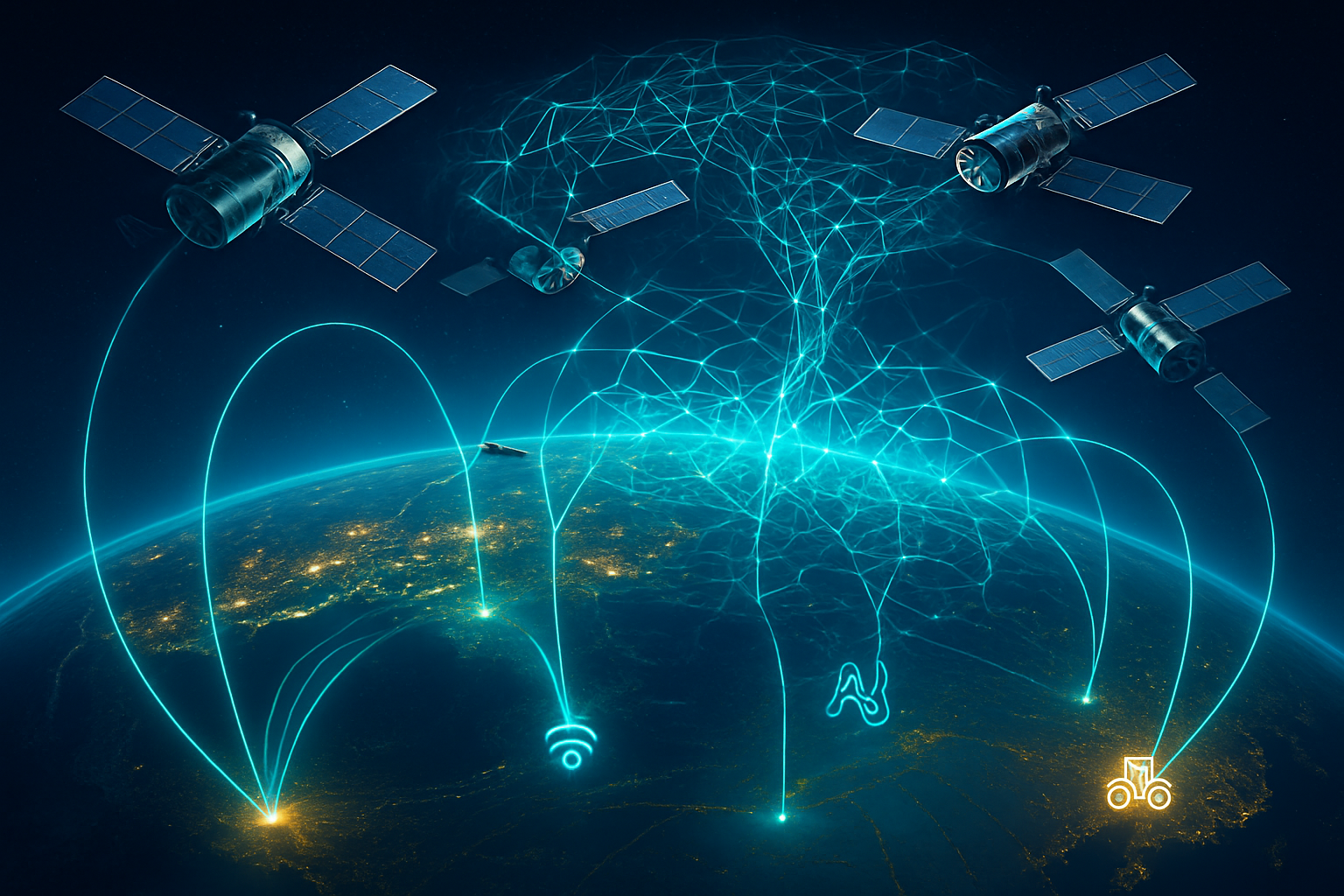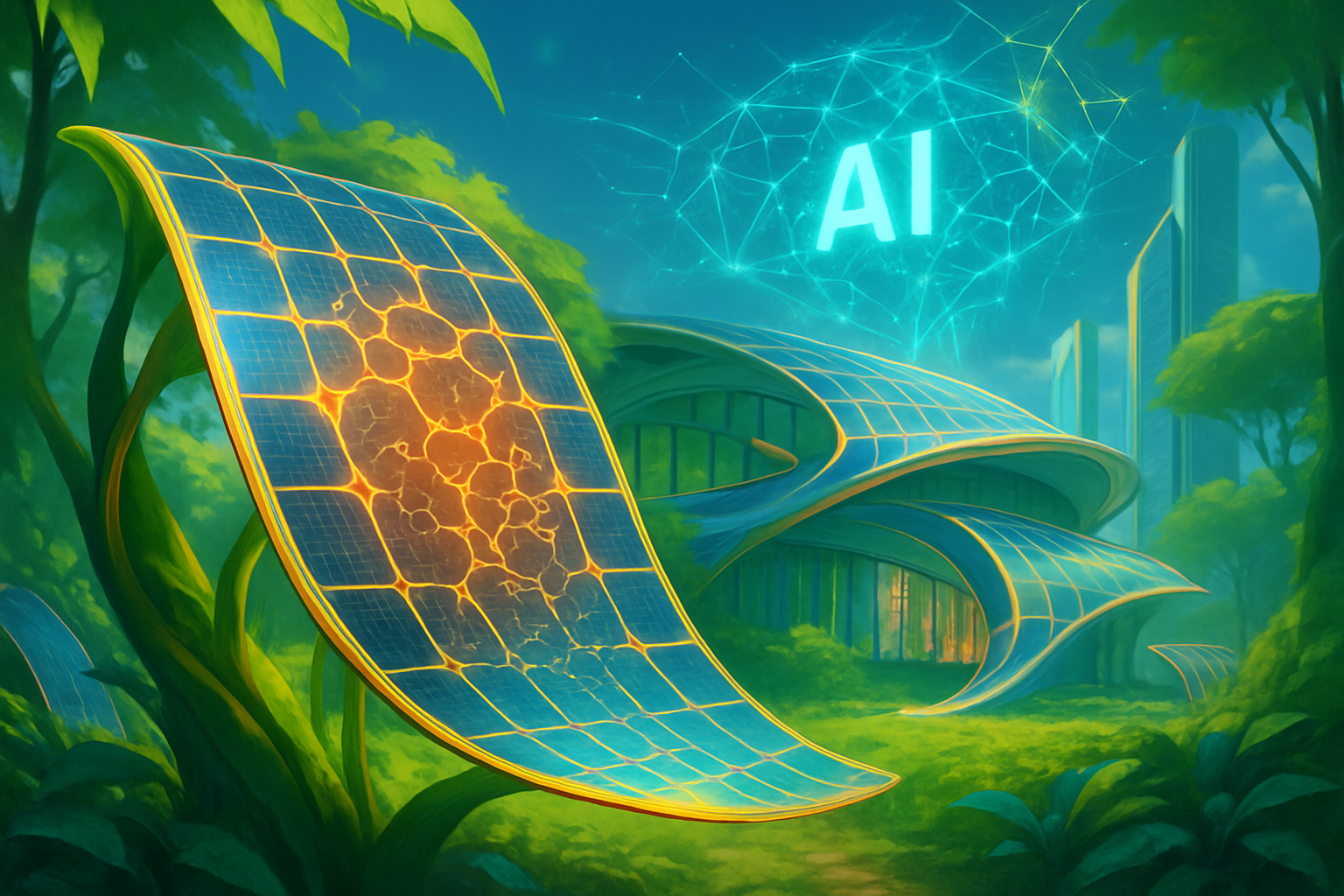Recent groundbreaking advancements in artificial neuron technology are set to redefine the landscape of artificial intelligence and computing. Researchers have unveiled new designs for artificial neurons that drastically cut energy consumption, bringing the vision of powerful, brain-like computers closer to reality. These innovations, ranging from biologically inspired protein nanowires to novel transistor-based and optical designs, promise to overcome the immense power demands of current AI systems, unlocking unprecedented efficiency and enabling AI to be integrated more seamlessly and sustainably into countless applications.
Technical Marvels Usher in a New Era of AI Hardware
The latest wave of breakthroughs in artificial neuron development showcases a remarkable departure from conventional computing paradigms, emphasizing energy efficiency and biological mimicry. A significant announcement on October 14, 2025, from engineers at the University of Massachusetts Amherst, detailed the creation of artificial neurons powered by bacterial protein nanowires. These innovative neurons operate at an astonishingly low 0.1 volts, closely mirroring the electrical activity and voltage levels of natural brain cells. This ultra-low power consumption represents a 100-fold improvement over previous artificial neuron designs, potentially eliminating the need for power-hungry amplifiers in future bio-inspired computers and wearable electronics, and even enabling devices powered by ambient electricity or human sweat.
Further pushing the boundaries, an announcement on October 2, 2025, revealed the development of all-optical neurons. This radical design performs nonlinear computations entirely using light, thereby removing the reliance on electronic components. Such a development promises increased efficiency and speed for AI applications, laying the groundwork for fully integrated, light-based neural networks that could dramatically reduce energy consumption in photonic computing. These innovations stand in stark contrast to the traditional Von Neumann architecture, which separates processing and memory, leading to significant energy expenditure through constant data transfer.
Other notable advancements include the "Frequency Switching Neuristor" by KAIST (announced September 28, 2025), a brain-inspired semiconductor that mimics "intrinsic plasticity" to adapt responses and reduce energy consumption by 27.7% in simulations. Furthermore, on September 9, 2025, the Chinese Academy of Sciences introduced SpikingBrain-1.0, a large-scale AI model leveraging spiking neurons that requires only about 2% of the pre-training data of conventional models. This follows their earlier work on the "Speck" neuromorphic chip, which consumes a negligible 0.42 milliwatts when idle. Initial reactions from the AI research community are overwhelmingly positive, with experts recognizing these low-power solutions as critical steps toward overcoming the energy bottleneck currently limiting the scalability and ubiquity of advanced AI. The ability to create neurons functioning at biological voltage levels is particularly exciting for the future of neuro-prosthetics and bio-hybrid systems.
Industry Implications: A Competitive Shift Towards Efficiency
These breakthroughs in energy-efficient artificial neurons are poised to trigger a significant competitive realignment across the tech industry, benefiting companies that can rapidly integrate these advancements while potentially disrupting those heavily invested in traditional, power-hungry architectures. Companies specializing in neuromorphic computing and edge AI stand to gain immensely. Chipmakers like Intel (NASDAQ: INTC) with its Loihi research chips, and IBM (NYSE: IBM) with its TrueNorth architecture, which have been exploring neuromorphic designs for years, could see their foundational research validated and accelerated. These new energy-efficient neurons provide a critical hardware component to realize the full potential of such brain-inspired processors.
Tech giants currently pushing the boundaries of AI, such as Google (NASDAQ: GOOGL), Microsoft (NASDAQ: MSFT), and Amazon (NASDAQ: AMZN), which operate vast data centers for their AI services, stand to benefit from the drastic reduction in operational costs associated with lower power consumption. Even a marginal improvement in efficiency across millions of servers translates into billions of dollars in savings and a substantial reduction in carbon footprint. For startups focusing on specialized AI hardware or low-power embedded AI solutions for IoT devices, robotics, and autonomous systems, these new neurons offer a distinct strategic advantage, enabling them to develop products with capabilities previously constrained by power limitations.
The competitive implications are profound. Companies that can quickly pivot to integrate these low-energy neurons into their AI accelerators or custom chips will gain a significant edge in performance-per-watt, a crucial metric in the increasingly competitive AI hardware market. This could disrupt the dominance of traditional GPU manufacturers like NVIDIA (NASDAQ: NVDA) in certain AI workloads, particularly those requiring real-time, on-device processing. The ability to deploy powerful AI at the edge without massive power budgets will open up new markets and applications, potentially shifting market positioning and forcing incumbent players to rapidly innovate or risk falling behind in the race for next-generation AI.
Wider Significance: A Leap Towards Sustainable and Ubiquitous AI
The development of highly energy-efficient artificial neurons represents more than just a technical improvement; it signifies a pivotal moment in the broader AI landscape, addressing one of its most pressing challenges: sustainability. The human brain operates on a mere 20 watts, while large language models and complex AI training can consume megawatts of power. These new neurons offer a direct pathway to bridging this vast energy gap, making AI not only more powerful but also environmentally sustainable. This aligns with global trends towards green computing and responsible AI development, enhancing the social license for further AI expansion.
The impacts extend beyond energy savings. By enabling powerful AI to run on minimal power, these breakthroughs will accelerate the proliferation of AI into countless new applications. Imagine advanced AI capabilities in wearable devices, remote sensors, and fully autonomous drones that can learn and adapt in real-time without constant cloud connectivity. This pushes the frontier of edge computing, where processing occurs closer to the data source, reducing latency and enhancing privacy. Potential concerns, however, include the ethical implications of highly autonomous and adaptive AI systems, especially if their low power requirements make them ubiquitous and harder to control or monitor.
Comparing this to previous AI milestones, this development holds similar significance to the invention of the transistor for electronics or the backpropagation algorithm for neural networks. While previous breakthroughs focused on increasing computational power or algorithmic efficiency, this addresses the fundamental hardware limitation of energy consumption, which has become a bottleneck for scaling. It paves the way for a new class of AI that is not only intelligent but also inherently efficient, adaptive, and capable of learning from experience in a brain-like manner. This paradigm shift could unlock "Super-Turing AI," as researched by Texas A&M University (announced March 25, 2025), which integrates learning and memory to operate faster, more efficiently, and with less energy than conventional AI.
Future Developments: The Road Ahead for Brain-Like Computing
The immediate future will likely see intense efforts to scale these energy-efficient artificial neuron designs from laboratory prototypes to integrated circuits. Researchers will focus on refining manufacturing processes, improving reliability, and integrating these novel neurons into larger neuromorphic chip architectures. Near-term developments are expected to include the emergence of specialized AI accelerators tailored for specific low-power applications, such as always-on voice assistants, advanced biometric sensors, and medical diagnostic tools that can run complex AI models directly on the device. We can anticipate pilot projects demonstrating these capabilities within the next 12-18 months.
Longer-term, these breakthroughs are expected to lead to the development of truly brain-like computers capable of unprecedented levels of parallel processing and adaptive learning, consuming orders of magnitude less power than today's supercomputers. Potential applications on the horizon include highly sophisticated autonomous vehicles that can process sensory data in real-time with human-like efficiency, advanced prosthetics that seamlessly integrate with biological neural networks, and new forms of personalized medicine powered by on-device AI. Experts predict a gradual but steady shift away from purely software-based AI optimization towards a co-design approach where hardware and software are developed in tandem, leveraging the intrinsic efficiencies of neuromorphic architectures.
However, significant challenges remain. Standardizing these diverse new technologies (e.g., optical vs. nanowire vs. transistor-based neurons) will be crucial for widespread adoption. Developing robust programming models and software frameworks that can effectively utilize these non-traditional hardware architectures is another hurdle. Furthermore, ensuring the scalability, reliability, and security of such complex, brain-inspired systems will require substantial research and development. What experts predict will happen next is a surge in interdisciplinary research, blending materials science, neuroscience, computer engineering, and AI theory to fully harness the potential of these energy-efficient artificial neurons.
Wrap-Up: A Paradigm Shift for Sustainable AI
The recent breakthroughs in energy-efficient artificial neurons represent a monumental step forward in the quest for powerful, brain-like computing. The key takeaways are clear: we are moving towards AI hardware that drastically reduces power consumption, enabling sustainable and ubiquitous AI deployment. Innovations like bacterial protein nanowire neurons, all-optical neurons, and advanced neuromorphic chips are fundamentally changing how we design and power intelligent systems. This development’s significance in AI history cannot be overstated; it addresses the critical energy bottleneck that has limited AI’s scalability and environmental footprint, paving the way for a new era of efficiency and capability.
These advancements underscore a paradigm shift from brute-force computational power to biologically inspired efficiency. The long-term impact will be a world where AI is not only more intelligent but also seamlessly integrated into our daily lives, from smart infrastructure to personalized health devices, without the prohibitive energy costs of today. We are witnessing the foundational work for AI that can learn, adapt, and operate with the elegance and efficiency of the human brain.
In the coming weeks and months, watch for further announcements regarding pilot applications, new partnerships between research institutions and industry, and the continued refinement of these nascent technologies. The race to build the next generation of energy-efficient, brain-inspired AI is officially on, promising a future of smarter, greener, and more integrated artificial intelligence.
This content is intended for informational purposes only and represents analysis of current AI developments.
TokenRing AI delivers enterprise-grade solutions for multi-agent AI workflow orchestration, AI-powered development tools, and seamless remote collaboration platforms.
For more information, visit https://www.tokenring.ai/.
